Have you ever wondered what your furry friend is trying to tell you?
Dogs have a rich and nuanced language of their own, expressed through their body movements, gestures, and vocalizations.
Understanding dog body language can deepen your bond with your canine companion and help prevent misunderstandings.
In this comprehensive guide, we’ll delve into the fascinating world of dog body language, decoding their signals, and learning to communicate effectively with our four-legged friends.
Contents Overview
Understanding Dog Body Language
Dogs communicate primarily through body language, using a combination of posture, facial expressions, tail wagging, and vocalizations. By observing these cues, you can gain insight into your dog’s emotions, intentions, and needs. Let’s explore the key elements of dog body language.
1- Body Postures
Ears
Forward: Indicates attentiveness or curiosity.
Backward: Signals fear, submission, or discomfort.
Pinned back: Suggests anxiety, aggression, or pain.
Mouth:
Closed or slightly open: Often seen in relaxed or neutral states.
Panting: Normal in hot weather, but excessive panting could indicate stress or discomfort.
Snarling or showing teeth: Signifies aggression or fear.
Body:
Relaxed: Indicates a comfortable and contented dog.
Stiff or tense: Suggests alertness, fear, or aggression.
Crouched or lowered: Indicates submission or fear.
Overall Posture:
Upright and confident: Demonstrates a self-assured and relaxed dog.
Lowered or slouched: Often seen in fearful or submissive dogs.
Arched back: This may signify aggression or discomfort.
2. Facial Expressions
Eyes:
Wide open: Indicates alertness or excitement.
Half-closed or squinting: This may suggest relaxation or contentment.
Direct eye contact: Can signal confidence or aggression.
Avoiding eye contact: Indicates fear, submission, or discomfort.
Eyebrows:
Raised: Often seen when a dog is curious or attentive.
Lowered: Indicates aggression, fear, or discomfort.
Mouth and Lips:
Relaxed mouth: Reflects a calm and contented state.
Lips pulled back: Can indicate aggression or fear, especially when accompanied by bared teeth.
Lip licking: This may suggest anxiety or nervousness.
Note:
Moist and cool: Indicates good health and normal functioning.
Dry or warm: This could suggest dehydration or illness.
Overall Facial Expression:
Relaxed and open: Indicates a happy and contented dog.
Tense or wrinkled: Suggests anxiety, fear, or aggression.
Frozen or rigid: May indicate discomfort or readiness to react.
3- Tail Wagging
Speed:
Fast wagging: Often indicates excitement, happiness, or anticipation.
Slow wagging: Can signal uncertainty, caution, or arousal.
Stiff, rapid wagging: May suggest agitation or aggression.
Direction:
Wagging high: Indicates confidence or alertness.
Wagging low: Can signal insecurity, submission, or fear.
Wagging straight up: This may indicate excitement or assertiveness.
Position:
Tail held high: Often seen in confident or assertive dogs.
Tail tucked between legs: Indicates fear, submission, or discomfort.
Tail straight out or level: Suggests a neutral or relaxed state.
Context:
Wagging in the presence of other dogs: Can signal friendliness or playfulness.
Wagging when greeting people: Indicates excitement or happiness.
Wagging during tense situations: May signify stress or anxiety.
Other Body Language:
Accompanied by a relaxed body: Usually indicates a happy and relaxed dog.
Accompanied by stiff body: Can suggest tension or aggression.
Individual Variation: It’s important to remember that every dog is unique, and tail-wagging behavior can vary greatly from one individual to another. Some dogs may have a naturally high or low tail carriage, while others may have specific tail-wagging patterns that are unique to them.
4- Vocalization
Barks:
Alert Bark: Short, sharp bursts of sound often used to indicate excitement or to alert their owner of something.
Play Bark: Often higher-pitched and accompanied by a playful demeanor, indicating a desire to engage in play.
Territorial Bark: Deep and repetitive, used to assert dominance or warn intruders.
Fearful Bark: High-pitched and accompanied by cowering or submissive body language, signaling fear or discomfort.
Growls:
Warning Growl: Low and steady, used to communicate discomfort, aggression, or the desire to maintain space.
Play Growl: Often higher-pitched and interspersed with play bows or other playful gestures, indicating a playful mood.
Pain or Discomfort Growl: Sharp and sudden, signaling pain or discomfort.
Whines and Whimpers:
Attention-Seeking Whine: High-pitched and repetitive, used to communicate a desire for attention or affection.
Anxious Whine: Soft and continuous, often accompanied by pacing or trembling, signaling anxiety or distress.
Pain Whine: Sharp and sudden, indicating physical discomfort or injury.
Howls:
Loneliness Howl: Long and drawn-out, often heard when a dog is left alone or separated from their pack.
Communication Howl: Shorter and more varied in pitch, used to communicate with other dogs over long distances.
Alert Howl: Sharp and sudden, signaling awareness of something unusual or alarming in the environment.
Other Vocalizations:
Yips: Often high-pitched and brief, used to express excitement or anticipation.
Moans and Groans: Low and drawn-out, indicating relaxation or contentment.
Snarls and Snaps: Often accompanied by aggressive body language, signaling a clear warning or threat.
5- Body Movements
Walking and Running:
Confident Stride: Indicates a relaxed and self-assured dog.
Stiff or Tense Movements: Suggests anxiety, fear, or discomfort.
Bounding or Bouncing: Often seen in playful or excited dogs.
Posture during Play:
Play Bow: Front end lowered, hind end raised, signaling an invitation to play.
Exaggerated Movements: Over-the-top movements and exaggerated gestures are common during play.
Submission and Fear:
Rolling Over: Exposing the belly is a submissive gesture, often seen when a dog is trying to appease a more dominant dog or person.
Backing Away: Indicates fear or discomfort, especially when combined with a lowered head and flattened ears.
Aggression:
Stiff and Upright Posture: Indicates readiness to defend or assert dominance.
Direct Eye Contact: Can signal aggression or a challenge.
Body Language during Training:
Focused Attention: Indicates readiness to learn and engage with the owner or trainer.
Relaxed Body: This shows that the dog is comfortable and receptive to training.
Avoidance or Distraction: Suggests that the dog may be overwhelmed or not fully understanding the training cues.
Relaxation and Contentment:
Loose, Relaxed Body: Indicates a happy and contented dog.
Lying on the Side or Back: Often seen when a dog is feeling relaxed and secure.
Interpreting Context: Understanding the Whole Picture
While each of these signals provides valuable insight into your dog’s state of mind, it’s essential to consider the context in which they occur. Factors such as the dog’s breed, personality, past experiences, and the environment can all influence their body language. Additionally, individual dogs may have unique quirks or signals that differ from the general patterns.
Building a Stronger Bond: Communicating Effectively with Your Dog
Now that you have a better understanding of dog body language, you can use this knowledge to strengthen your bond with your canine companion:
- Pay Attention: Be observant and attuned to your dog’s body language in various situations.
- Respond Appropriately: Tailor your responses based on your dog’s cues, whether it’s providing reassurance, giving space, or addressing potential triggers.
- Training and Socialization: Invest in training and socialization to help your dog feel more confident and comfortable in different environments.
- Consult a Professional: If you’re unsure about your dog’s behavior or need guidance, seek advice from a qualified dog trainer or behaviorist.
Bottom Line
Dog body language is a rich and complex form of communication that allows our canine companions to express their emotions, needs, and intentions. By learning to decipher their signals, we can deepen our understanding of dogs and build stronger, more fulfilling relationships with them. So, the next time you interact with your furry friend, pay attention to their subtle cues—they may be trying to tell you more than you think!
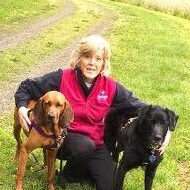



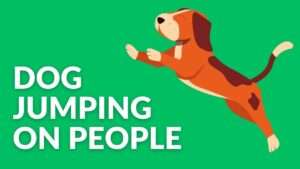

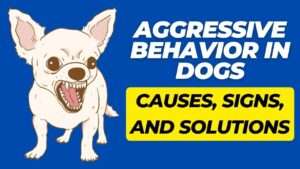
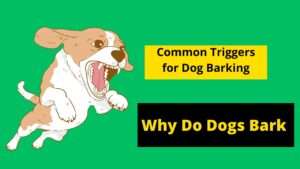

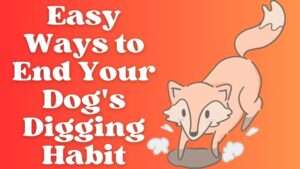

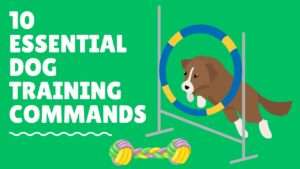

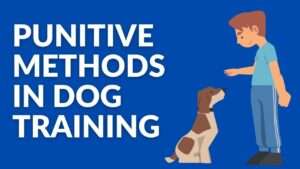

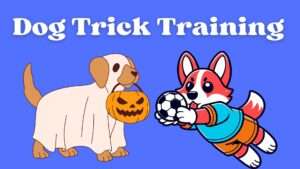

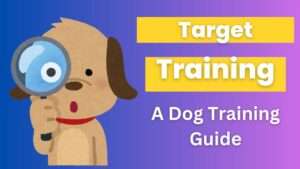
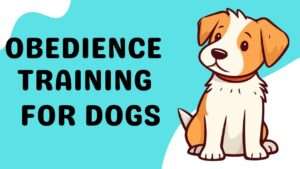



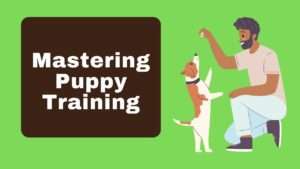







+ There are no comments
Add yours